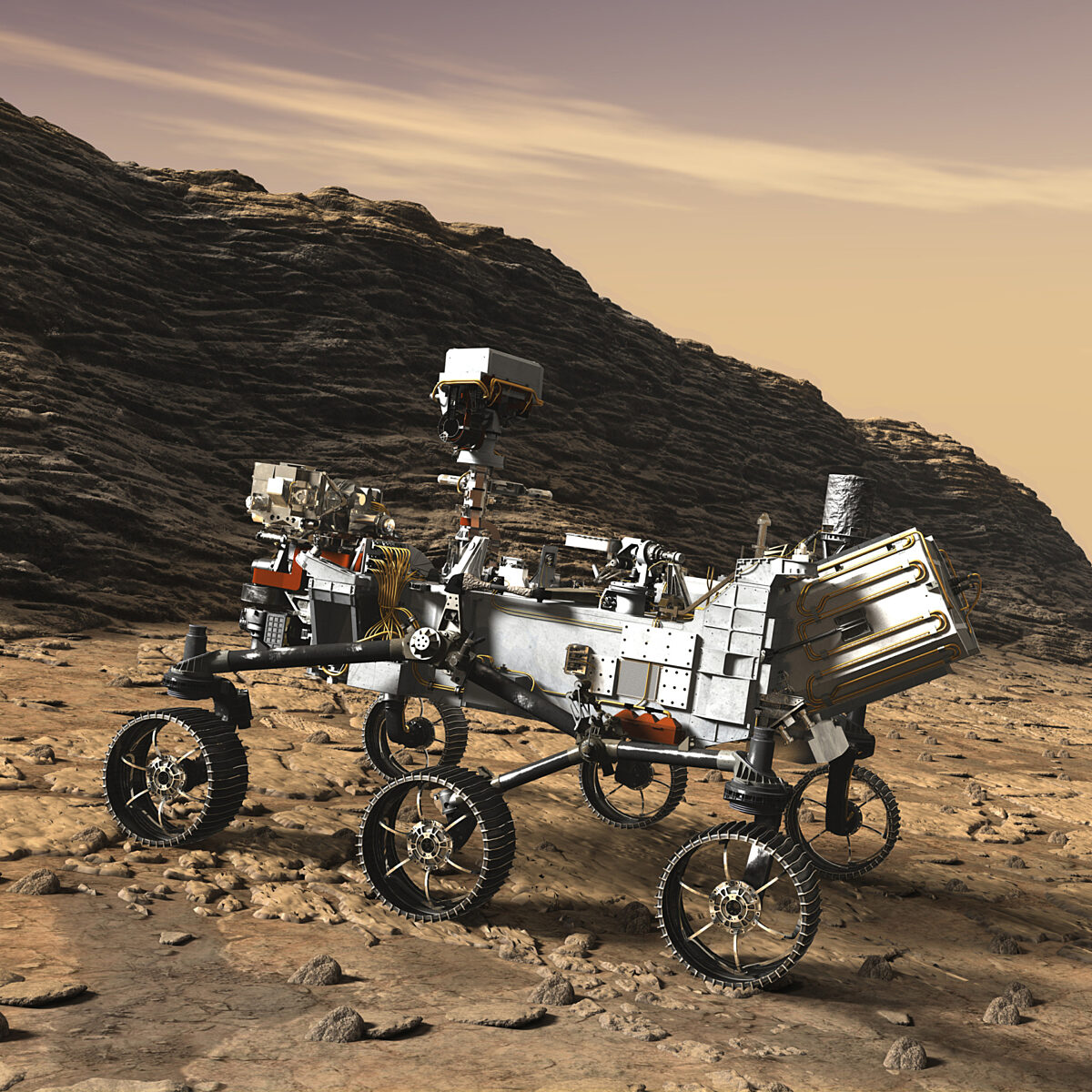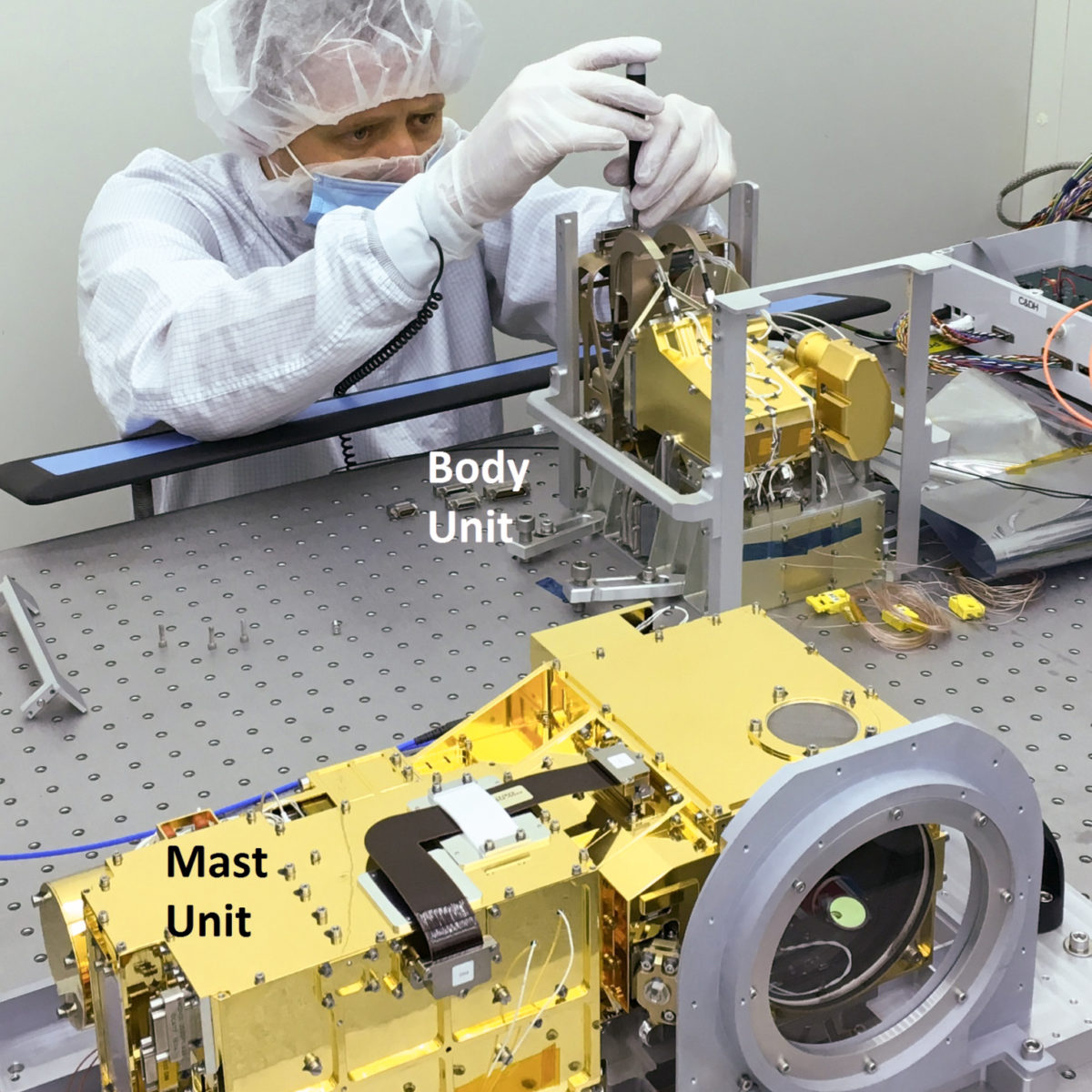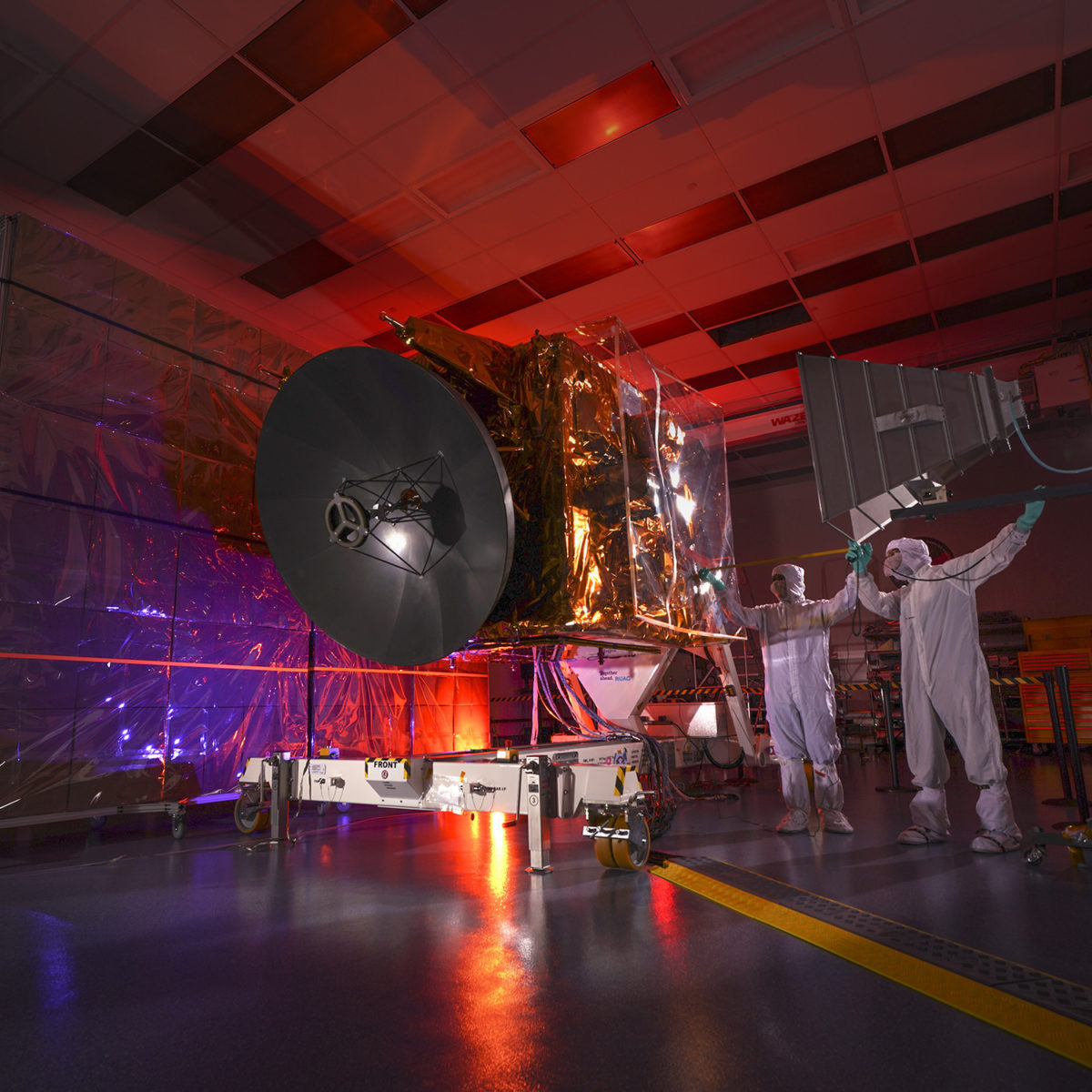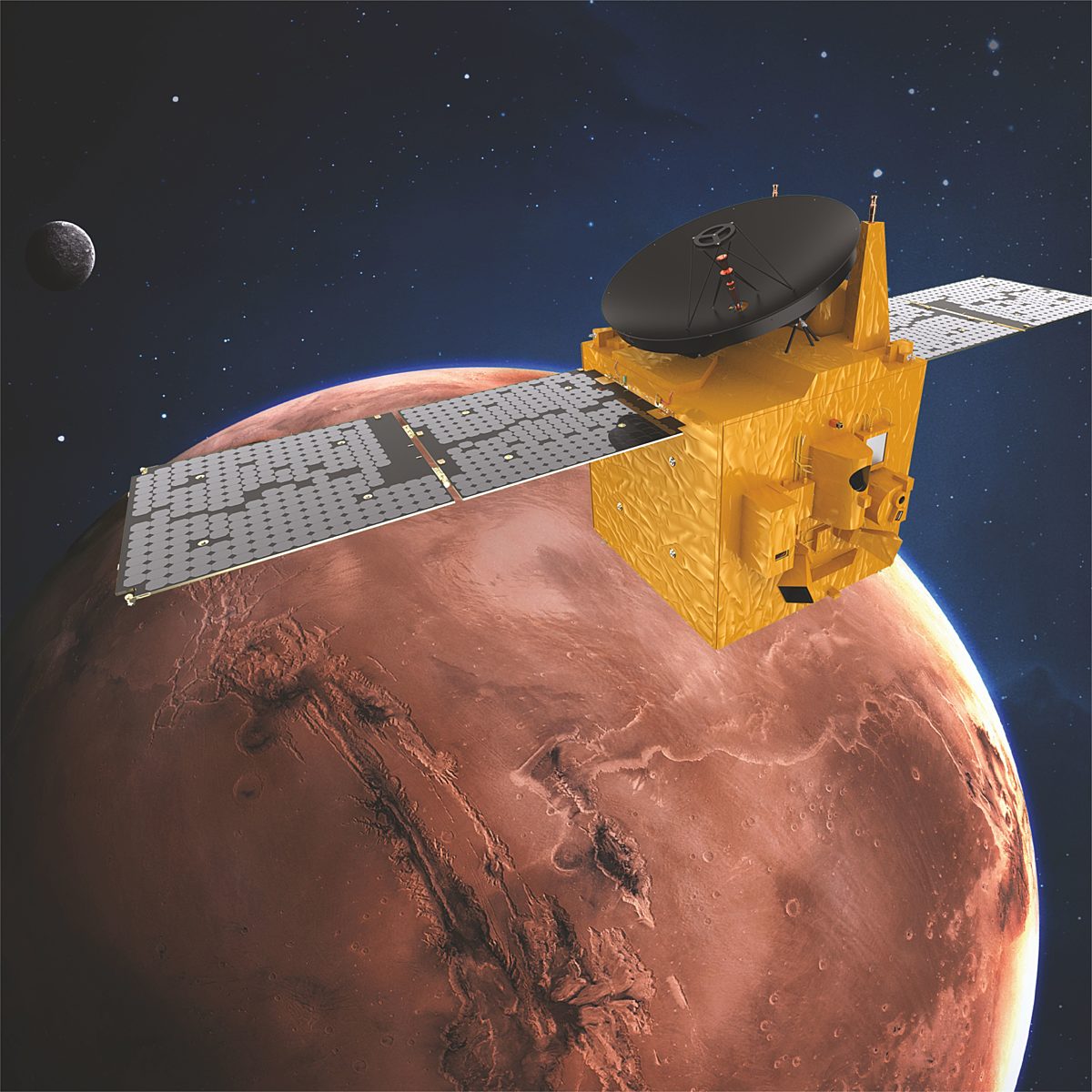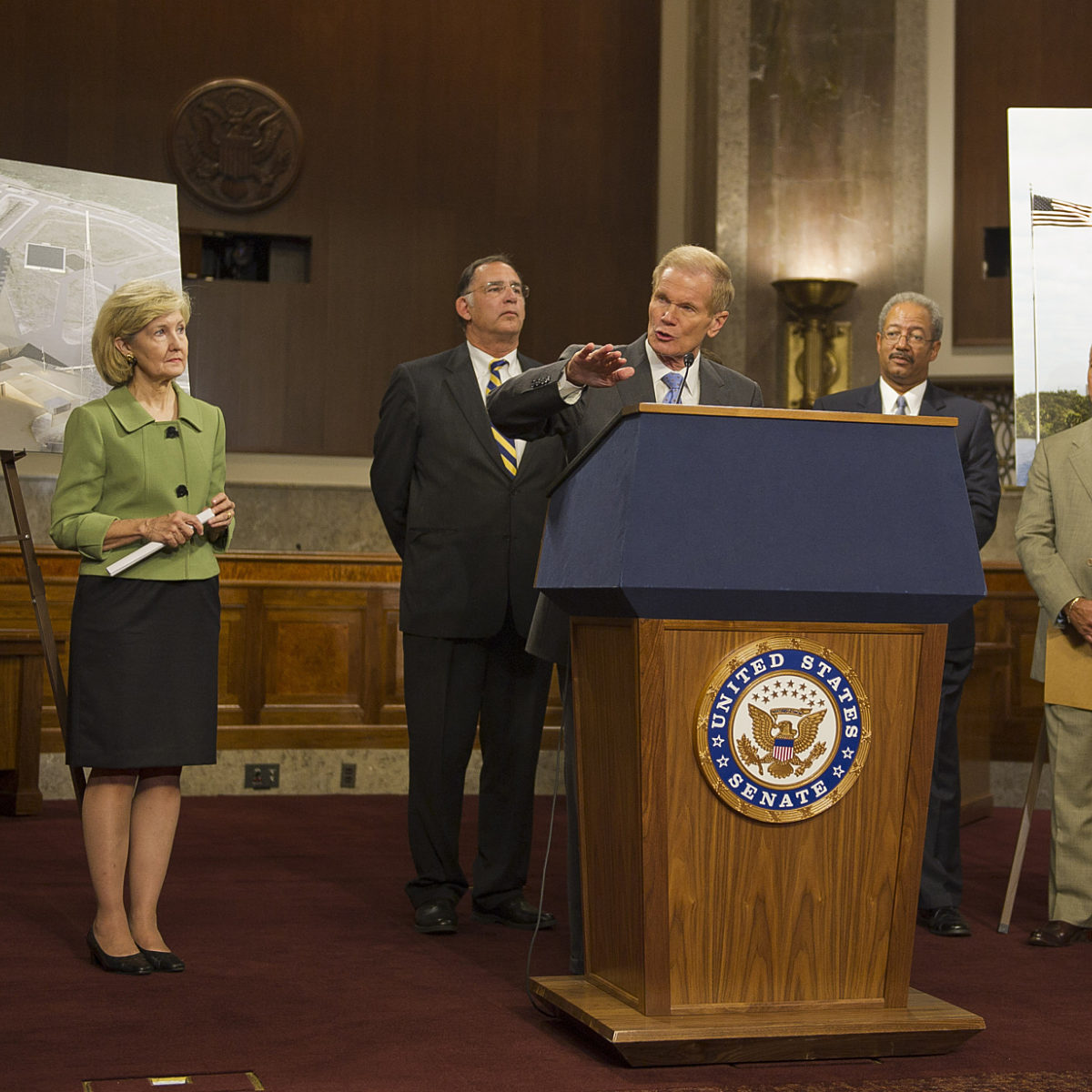Since 2002, Planetary Radio has visited with a scientist, engineer, project manager, advocate, or writer who provides a unique perspective on the quest for knowledge about our Solar System and beyond. The full show archive is available for free.
Search Planetary Radio
In spite of everything, 2020 was a good year for space exploration according to five of The Planetary Society’s experts.
Making oxygen from the Martian atmosphere will be essential if humans are ever to visit and work on the Red Planet, and the MOXIE experiment will soon show us how.
Two pioneering Mars orbiters are still doing great work above the Red Planet, while the first operational Crew Dragon spaceship has delivered four astronauts to the International Space Station.
SuperCam principal investigator Roger Wiens shares how his new and improved laser-based spectrometer will help look for past life in Jezero Crater, while its microphone lets us listen to the Red Planet.
Our special guests are the leaders of the Emirates Mars Mission whose Hope spacecraft is now headed for the Red Planet.
The United Arab Emirates is headed for Mars as comet NEOWISE speeds back to the outer reaches of the solar system, and three white papers address the future of planetary science and defense.
Join the mission’s deputy project scientist as the Perseverance rover prepares to search for life on the Red Planet.
The leader of the Mastcam-Z team talks about how the best cameras ever on the surface of Mars will help us explore a region that could once have supported life.
China has big plans for a space station, exploration of the Moon and Mars, and possibly a mission that will follow Voyager beyond the edge of the solar system.
The U.S. space agency’s leader describes how NASA is responding to the pandemic crisis as it works to keep projects and missions on track.
Our look ahead at the near-future of solar system exploration continues with Mars, the giant outer worlds, and the smaller bodies that can be found throughout the neighborhood.
Host Mat Kaplan and Planetary Society solar system specialist Emily Lakdawalla go inside NASA’s Jet Propulsion Laboratory clean room to see the Mars 2020 rover.
As the 2010s come to a close, Marcia Smith, the founder of Space Policy Online, rejoins the show to explore the most significant and impactful space policy decisions of the 2010s.
First we return to JPL for an update on the Mars Helicopter that has just been attached to the belly of the 2020 Mars Rover. Then it’s across the pond for a review of the amazing science coming from the Rosetta mission that spent years exploring comet 67P/Churyumov-Gerasimenko. We wrap things up with another What’s Up view across the solar system and beyond.
The Mars Exploration Rover mission was declared complete on February 13, 2019. On the very next day, MER Project Manager John Callas and Deputy Project Scientist Abigail Fraeman came to Planetary Society headquarters for an extended and emotional conversation with Mat Kaplan and Emily Lakdawalla.
Join 1,000 anxious yet thrilled space fans at Caltech for our live InSight landing party. You’ll meet Mat Kaplan’s onstage experts and check in with Bill Nye and Emily Lakdawalla at the Jet Propulsion Lab.
NASA announced on November 19th that the multi-billion dollar 2020 Mars rover will land in Jezero crater, where it will begin the search for the signature of past life.
The dust is settling on the Red Planet. Is the remaining Mars Exploration Rover about to rise and shine after three months of slumber? MER Project Manager John Callas returns with a realistic yet hopeful assessment.
Our world was rocked by last week’s announcement of good radar evidence for a liquid water “lake” under the Red Planet’s south pole. Senior Editor Emily Lakdawalla introduces us to the story that is then taken up by two of host Mat Kaplan’s favorite Martians. The Goddard Space Flight Center’s James Garvin headed NASA’s Mars exploration program, while NASA Ames astrobiologist Chris McKay co-founded the Mars Underground more than 35 years ago.
No mission to Mars has done what InSight will do. The lander’s spectacularly sensitive instruments will use the Red Planet’s heat and marsquakes to reveal its deep interior while also revealing secrets of other rocky worlds like our own Earth.


 Explore Worlds
Explore Worlds Find Life
Find Life Defend Earth
Defend Earth



